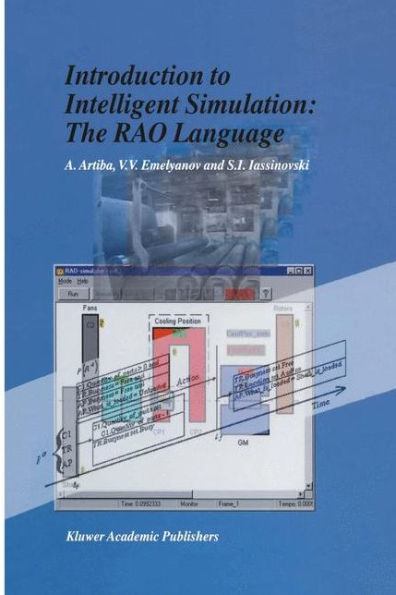5
1
9780792381761


Introduction to Intelligent Simulation: The RAO Language / Edition 1 available in Hardcover

Introduction to Intelligent Simulation: The RAO Language / Edition 1
- ISBN-10:
- 0792381769
- ISBN-13:
- 9780792381761
- Pub. Date:
- 06/30/1998
- Publisher:
- Springer US
- ISBN-10:
- 0792381769
- ISBN-13:
- 9780792381761
- Pub. Date:
- 06/30/1998
- Publisher:
- Springer US
169.99
In Stock

Product Details
| ISBN-13: | 9780792381761 |
|---|---|
| Publisher: | Springer US |
| Publication date: | 06/30/1998 |
| Edition description: | 1998 |
| Pages: | 516 |
| Product dimensions: | 6.10(w) x 9.25(h) x 0.04(d) |
| Age Range: | 12 Years |
From the B&N Reads Blog
